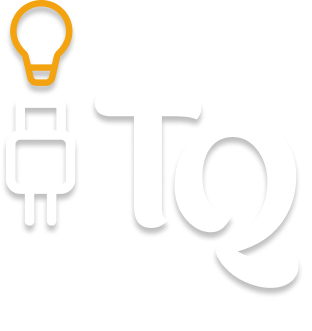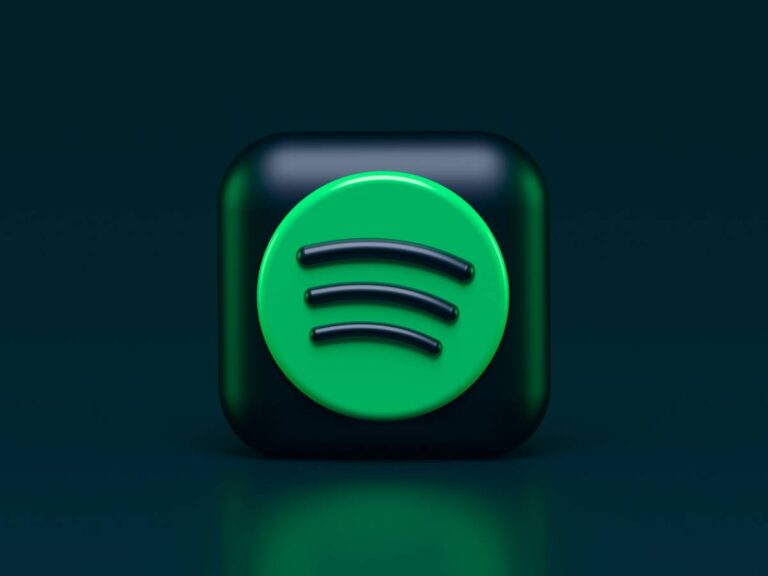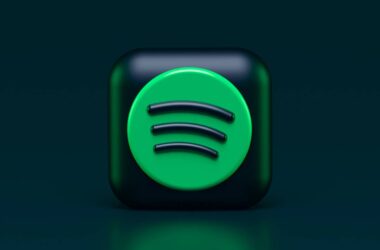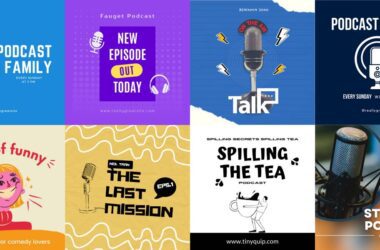Spotify is a well-known platform for podcasters, and its features and flexibility make it a good choice for both beginners and popular podcasters. Alongside everything that Spotify offers, one of the most crucial aspects for creators is the analytics data. It helps creators pick newer topics, make changes in their content, and devise a proper content strategy for their future shows and episodes. But I have encountered one question, which is very common among most of the podcast creators I meet: Can we know who listens to our Spotify podcast?
Well, despite Spotify’s comprehensive data on your Spotify for Podcasters dashboard, you cannot really know who individually listens to your Spotify podcast. This means you won’t be able to know if your friend Richard has tuned in to your episode from your Spotify dashboard; you will have to ask him/her personally.
Spotify for Podcasters offers detailed analytics for creators at the most granular level but does not offer individual identity for privacy reasons. However, let’s look at how you can use detailed analytics to determine a great content strategy for your future podcast shows and episodes.
Also Read: Apple Podcasts vs Spotify for Podcasters: Creator’s Review
Spotify for Podcasters Analytics: Understanding the Most Common Metrics
Spotify for Podcasters offers more detailed analytics than most of the other platforms, and if you wish to curate a progressive content strategy, using these metrics in the correct direction is most important. Let’s look at the most common metrics and how they can be helpful in creating a content strategy for the future.
1. Total Plays
The metric “Total Plays” helps you determine how many times a particular episode or show is played by your audience, signifying the popularity of your show/episode.
You can use this metric to understand what particular topic or podcast format resonates the most with your audience. However, your podcast analytics should not always be about trying to figure out the best content; it should also be about the least-performing content. Look for the areas where you can improve and patch any mistakes or blunders you have previously made in your podcast. This should help you elevate the older content and give a totally positive experience to your audience.
If certain content styles, topics, or formats match your audience’s needs, you can experiment and reintroduce older content with newer changes to grab more attention from your audience.
How to Change RSS Feed on Spotify for Podcasters?
2. Geographic Location
Another crucial aspect or metric users can look for in the Spotify for Podcaster’s dashboard is the Geographic Location. This metric is highly valued by professional creators as it helps them notice a strong listener base in a specific region and consider creating content that caters to that location’s culture, issues, or interests. For example, discussing events or trends relevant to that area could increase engagement.
The metric is also helpful when you run targeted marketing for your podcasts. You can tailor social media campaigns or promotional content to appeal to more audiences from the set geographical location.
Also Read: How to Add or Change Podcast Category on Spotify?
3. Age and Gender Demographics
If you are a beginner in podcasting or looking forward to changing your content format, age and gender demographics are crucial. Of course, the metric is also necessary for every other podcast creator as it helps you bring appropriate brands on board.
The age and gender of your listeners help in crafting content that is more relatable. For instance, if a large part of your audience is young adults, content that speaks to their life stage career advice, education, interviews with influencers, and discussing the new pop culture could be more engaging. Such an audience might not want to know about the political situation of a place, but they might want to know where to get the best hamburger and why.
Brands are now becoming more niche-specific and targeting a set audience, mainly the young and interactive ones. Knowing the age and gender demographics can help you onboard the right partnership with a relatable brand and easily seamless business with content.
How to Transcribe Spotify Podcast | Audio to Text
4. Device Usage
Another factor for users to consider from Spotify for Podcaster’s analytics data is device usage. Now, this data may seem irrelevant to a handful of users, but it is crucial for most as it helps curate content that is more device-specific and relies on user behavior.
For instance, if a significant number of your podcast listeners use mobile devices, they are likely listening to your podcasts on the go, like during transit. Such kinds of users require shorter, bite-sized content that they can easily consume without giving second thoughts.
Also, device usage lets podcasters know how much optimization the audio file needs. So, for example, if a large number of your audience is mobile-specific, you can optimize the file size, improve audio quality, and offer a more seamless experience. Shorter file sizes are easily downloaded on the user’s podcast app, saving them from losing interest due to long loading times.
Also Read: Does Spotify Pay Podcasters? How to Monetize Your Podcasts
Privacy and Listeners Anonymity on Spotify for Podcasters
By now, we have seen a few ways we can use the basic metrics that are enough to help you create a content strategy, but why can’t you know who listens to your Spotify Podcast?
It is not that Spotify cannot track who listens to your podcast, but it chooses not to share in order to respect individual privacy and anonymity. In my opinion, it is the best thing for creators, too. Let me tell you why.
Data at a granular level cause confusion in user interests. For instance, you might know the granular data of who listens to your Spotify podcast, but then the question arises of what factors you will group the data and create your future content strategy. Individual mindsets may create confusion as your podcast may have a hundred listeners, with each one of them differing at granular levels. This may cause data inconsistency and failure in analytics. However, Spotify already groups data according to age, gender, demographics, and more, which is quite enough to curate a higher level of content without any second thoughts.
What are your thoughts on this? Do let us know in the comment section at the end of this article.
How to Create a Paid Podcast Subscription on Spotify
Most Frequently Asked Questions [FAQs]
No, Spotify doesn’t reveal individual listener identities. They prioritize privacy, so while you can see overall trends and demographics, you won’t know who specifically listened to your episodes.
Total Plays tells you how many times your episodes have been played. It helps you gauge the popularity of specific topics or formats, allowing you to focus on what resonates most with your audience.
Geographic Location shows where your listeners are based. This data can guide you in creating content relevant to those regions and in targeting your marketing efforts effectively.
Knowing the age and gender of your audience helps you tailor content that aligns with their interests. It also aids in attracting the right sponsors or advertisers who target similar demographics.
Device Usage tells you what devices your listeners use, like smartphones or desktops. If most listeners use mobile devices, consider shorter, easily consumable episodes that fit on-the-go listening.
No, Spotify maintains listener anonymity. They provide aggregated data like demographics and locations but don’t share personal information to protect privacy.
Focus on trends and patterns in your analytics. Look at what topics perform well, where your audience is located, and the demographics. This helps you tailor content to broader audience segments.
Before You Leave
Get Our Prime Content Delivered to your Inbox for Free!! Join the Ever-Growing Community… Right Now.
Give this article a quick share,
Wrapping up: You Cannot Know Who Listens to Your Spotify Podcast, But..
This pretty much sums up our short guide on why you cannot know who listens to your Spotify podcast and how you can use the other basic metrics to improve your content strategy. You cannot know who listens to your Spotify podcast due to privacy concerns. Of course, the other metrics, such as total plays, age and gender demographics, geographical location, and device usage, are pretty enough to give you the right direction. However, if you wish, you can use other granular metrics from your Spotify for Podcaster dashboard to devise a much better content plan for the future.
If you like this article, quickly share it on your social media handles and tag us. Also, join our Telegram channel, Facebook page, and Twitter to never miss a quick update.







